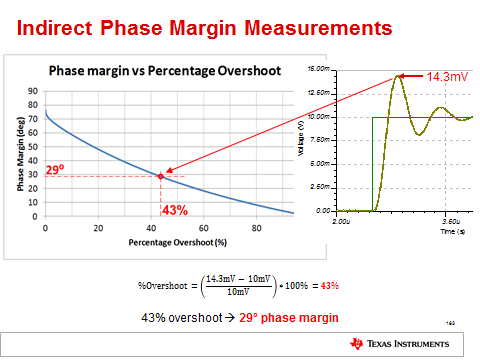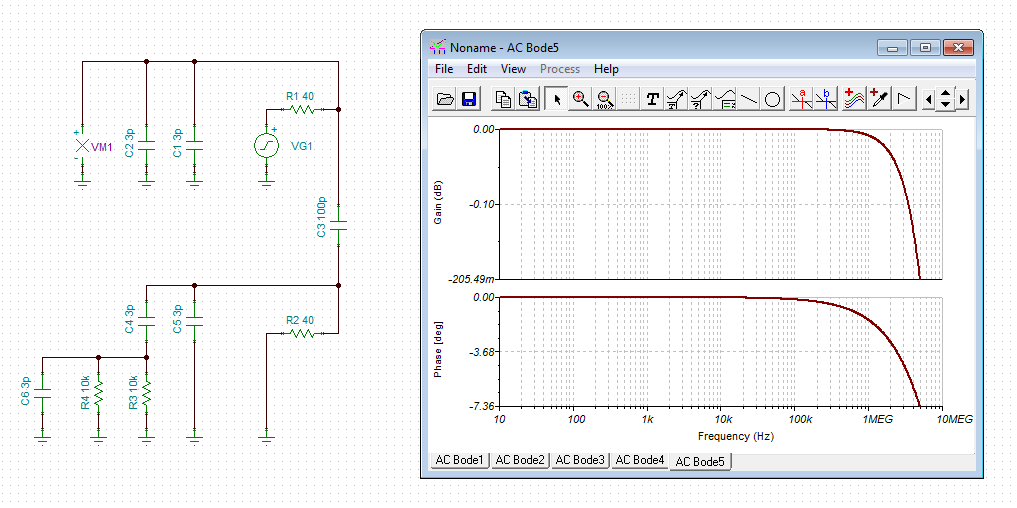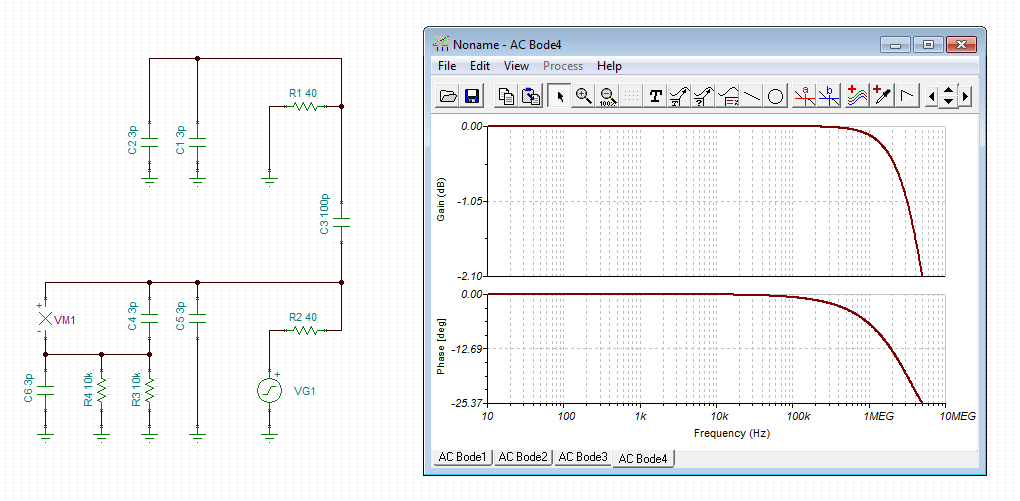Hello,
I got a question regarding the calculation of the stability of a differential buffer consisting of 2 parallel non-inverting buffers, which drive a capacitive load. (See picture). Is there any possiblity to calculate the stability of the two buffers analytical? And can I calculate the stability of this circuit by looking at only 1 op-amp, which drives the capacitive load connected to ground?
I would like to thank in you advance.
Regards
Alexander





